Bangladesh: WFP and partners at hand as fire strikes Cox’s Bazar
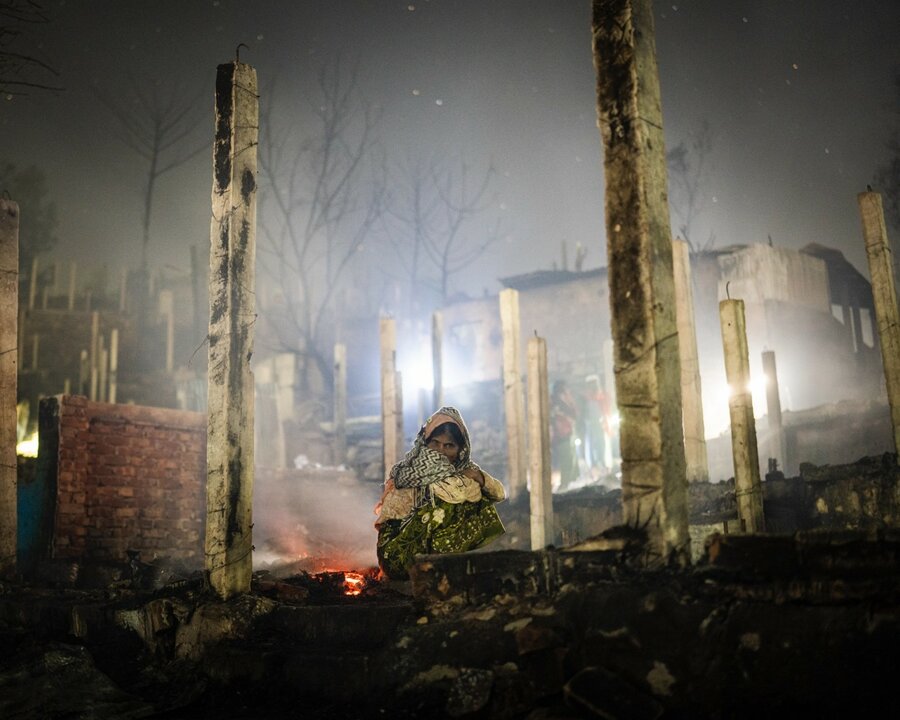
More than 2,000 people were left homeless after a fire ripped through the world’s biggest refugee camp in Cox’s Bazar, Bangladesh, on Sunday (9 January).
The Kutupalong camp hosts close to 900,000 refugees, all of whom receive monthly food assistance from the World Food Programme.
WFP and its local partner, the RIC (Resource Integration Centre), were at hand distributing fortified biscuits to around 1,600 people who had lost their homes, as soon as firefighters and volunteers had contained the blaze.
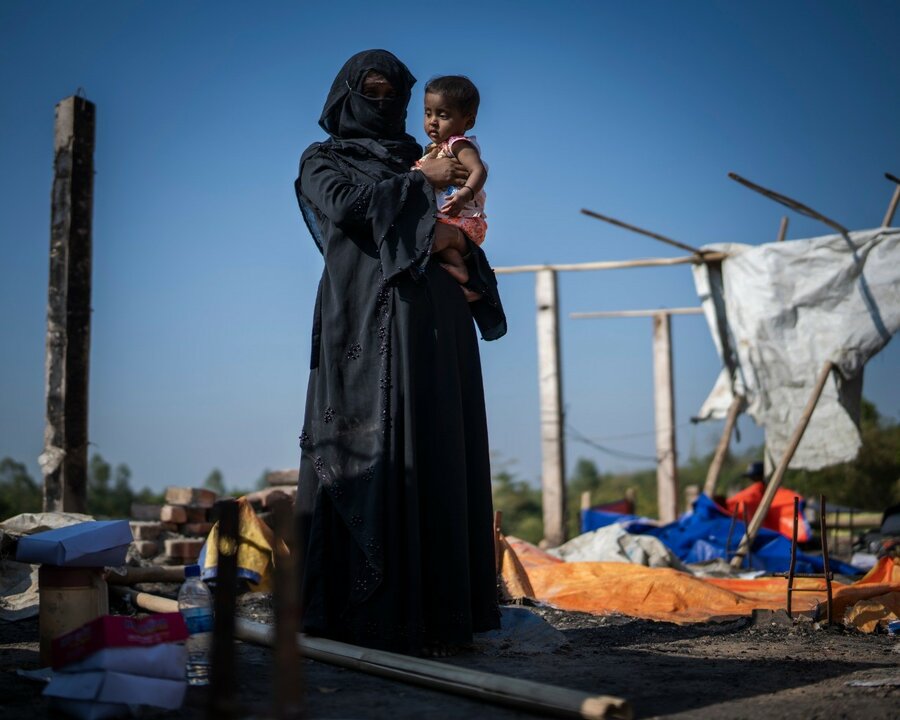
“We are deeply saddened to see the extent of the devastation in Camp 16,” said Sheila Grudem, WFP’s Senior Emergency Coordinator and Head of Office for Cox’s Bazar. “Thanks to the partnerships we have with national organizations, UN agencies, retailers, and local restaurants, we fortunately have the capacity to provide immediate relief to those who have lost everything, and we have all our hands on deck to do so.”
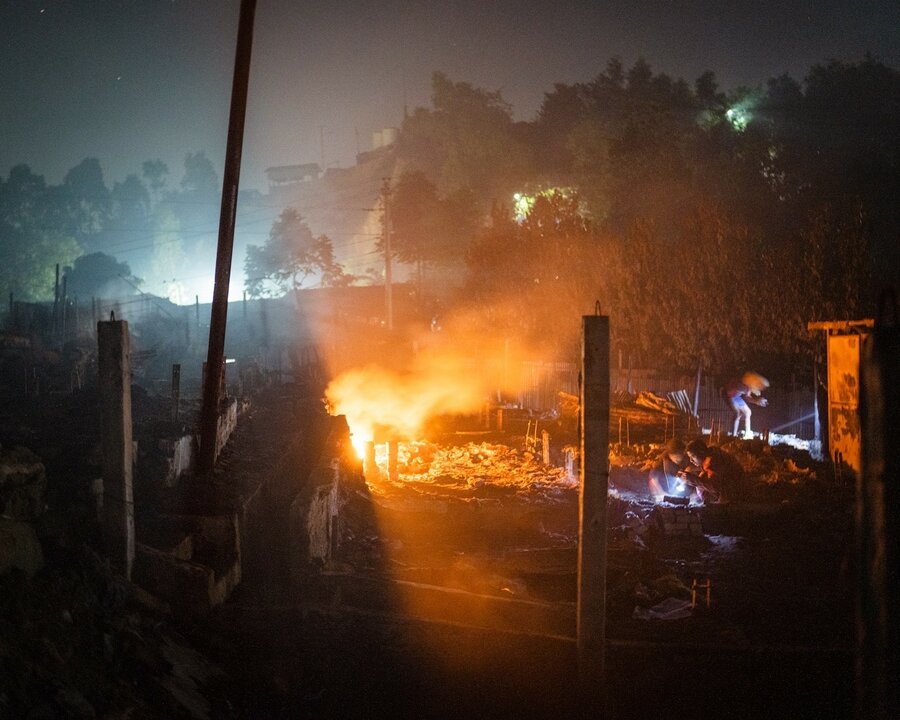
Last Tuesday, a UN-run COVID-19 treatment centre was damaged by fire, while in March a larger fire killed 15 people and displaced around 45,000.
Fire is a particular threat to people living in a dense mesh of bamboo and tarpaulin shelters during the dry months from November to March – almost all of whom entirely depend on humanitarian assistance.
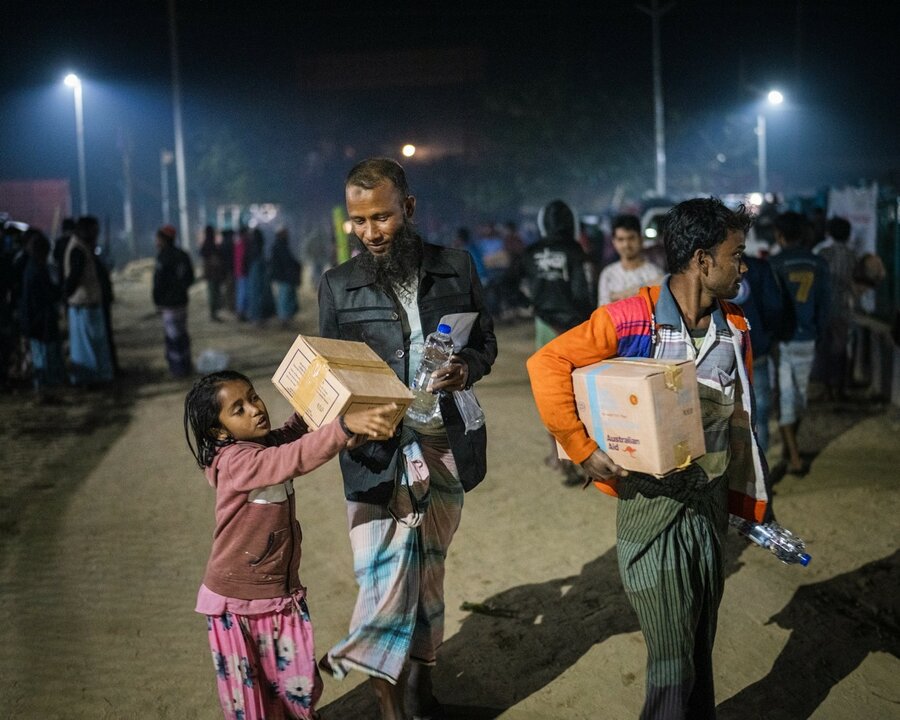
Two cyclone seasons and a monsoon every year also bring risks of widespread flooding and devastating landslides – last July, 21 lives were lost during extraordinary rains while 20,000 people became displaced.
WFP, its humanitarian partners, the Bangladesh Government and the refugees themselves work year-round to make Cox’s Bazar’s hilly camps safer places to live, working on everything from better pathways and slope stabilization to setting up emergency response mechanisms.
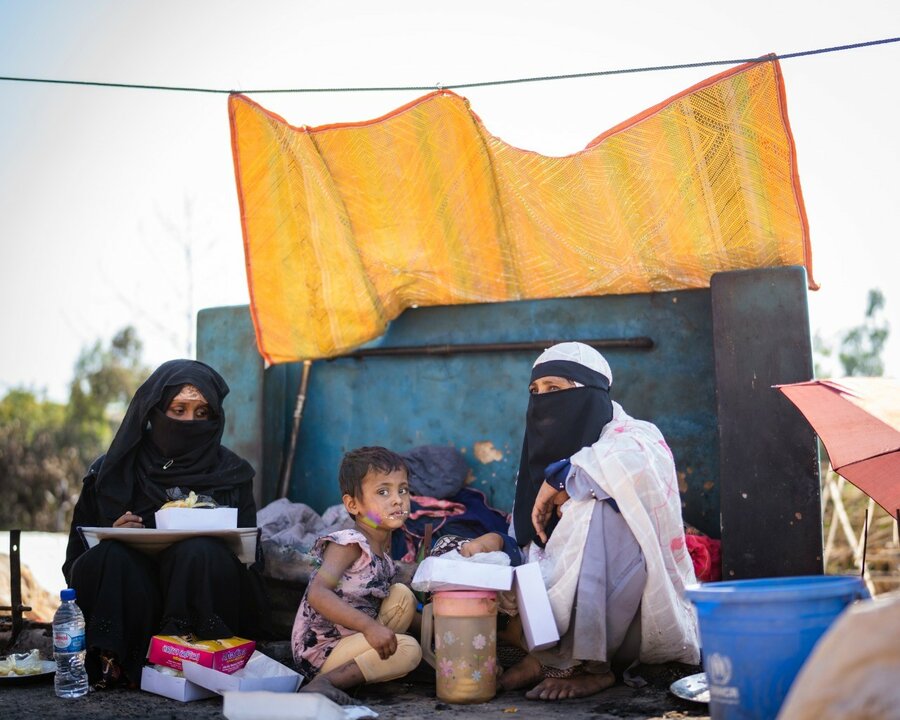
On Monday and Tuesday, WFP organized a large effort to distribute more than 2,200 hot meals for lunch and dinner to all the families left with no means to cook. The hope is they will be able to resume participation in WFP’s regular food assistance programme within days.
We provide every refugee family in the camps with an e-voucher, topped up with a monthly allowance of US$12 per person.
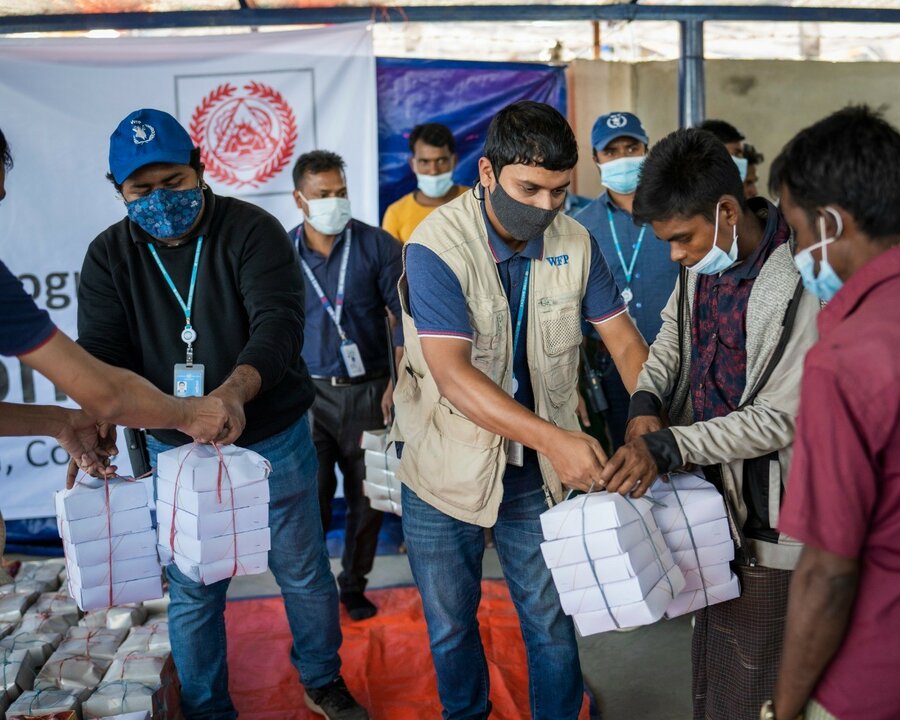
People can purchase their preferred foods directly from a network of 22 outlets managed by Bangladeshi retailers, including “fresh food corners” offering a selection of local fruits and vegetables, live chickens and fish.
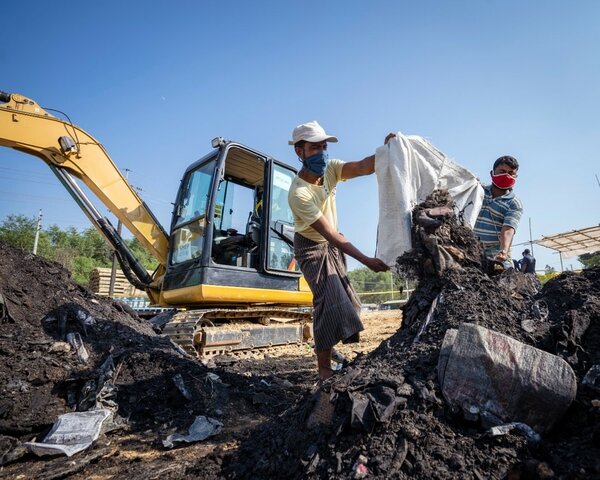
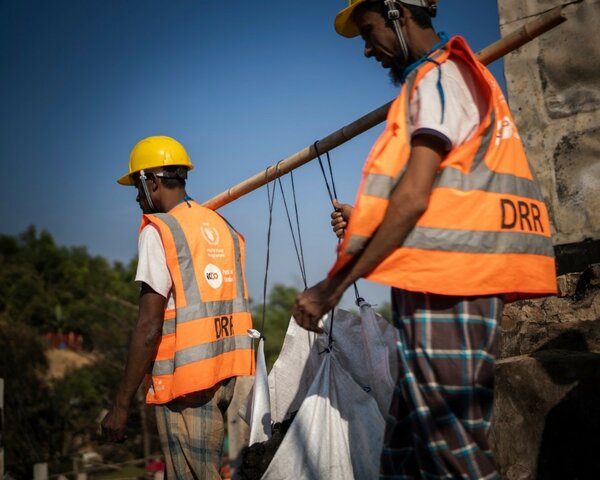
WFP has made its suite of digital beneficiary management systems available to humanitarian partners to support the coordination of the delivery of non-food items, such as cooking gas, especially to those refugees who have lost their documents in the fire.
Volunteers from WFP and the interagency Site Maintenance Engineering Project were also deployed to support the clearance of debris.
With global attention in steep decline, the 2021 Joint Response Plan for the Rohingya crisis remained 30 percent underfunded. As refugees navigate the fifth year of displacement in a crowded camp, any gap in funding will have dramatic consequences on their wellbeing and resilience.
